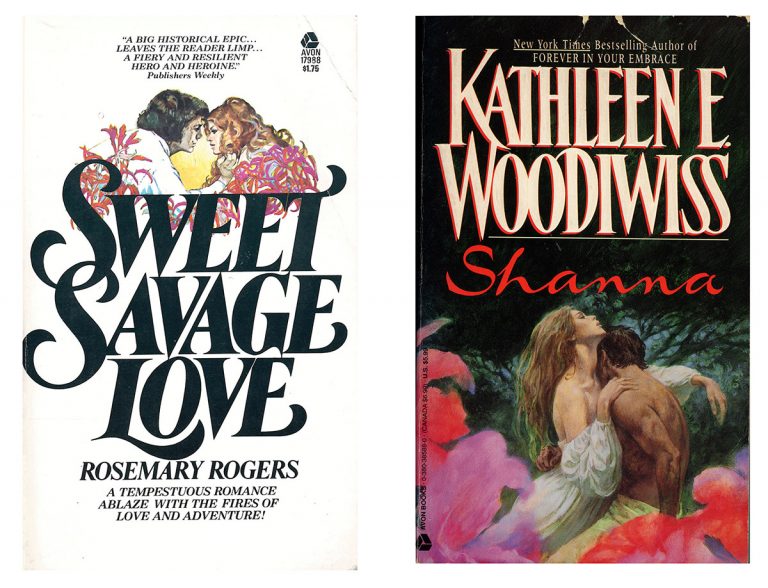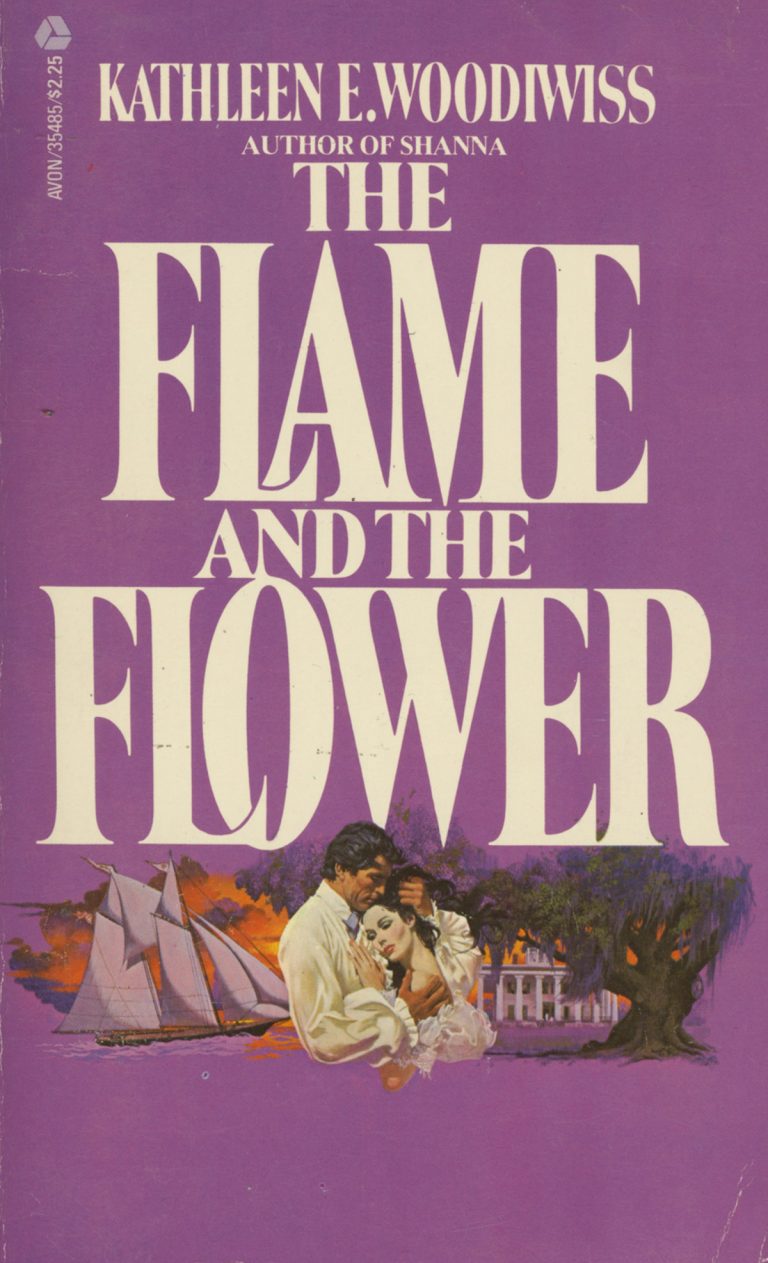Explore significant moments in HarperCollins history
An advertisement for Is Sex Necessary? by James Thurber and E. B. White, published in the New York Times on January 19, 1930.
Social Change: Sex in the 20th Century
In between the two world wars, Harper authors tackled the then-taboo subject of sex. Julien Green’s The Dark Journey (1929) explored adultery and prostitution, and the same year, two then-unknown authors—James Thurber and E. B. White—collaborated on the illustrated collection Is Sex Necessary? (1929), a spoof of overly scientific sex manuals.
In the early twentieth century, the definition of what constituted a typical romance novel also began to change. British publisher Mills & Boon (later acquired by Harlequin) initiated the shift, publishing chaste fantasies about heroines who were interested in the reformation of flawed but ultimately worthy suitors. In the 1950s and early 1960s authors like Mary Burchell, Elizabeth Houghton, and Violet Winspear used historical and exotic settings to weave chaste fantasies about love and marriage, often with little mention of sex.
However, changing sexual mores in the late 1960s and 1970s forever altered the genre. Avon (later acquired by HarperCollins) published a series of historical romances, including Kathleen Woodiwiss’s The Flame and the Flower and Rosemary Rogers’s Sweet Savage Love, in which feisty, independent-minded heroines were free to not only enjoy sex but also crusade for greater respect and better treatment in society.
During this time, children’s books also began to deal more frankly with issues such as divorce, puberty, unwanted pregnancy, and homosexuality—and to handle these issues with skill and sensitivity. Harper & Row editor and author Charlotte Zolotow published William’s Doll (1972), tackling stereotyping and gender roles, while Ursula Nordstrom championed John Donovan’s I’ll Get There. It Better Be Worth the Trip. (1969), which included a homosexual relationship.





